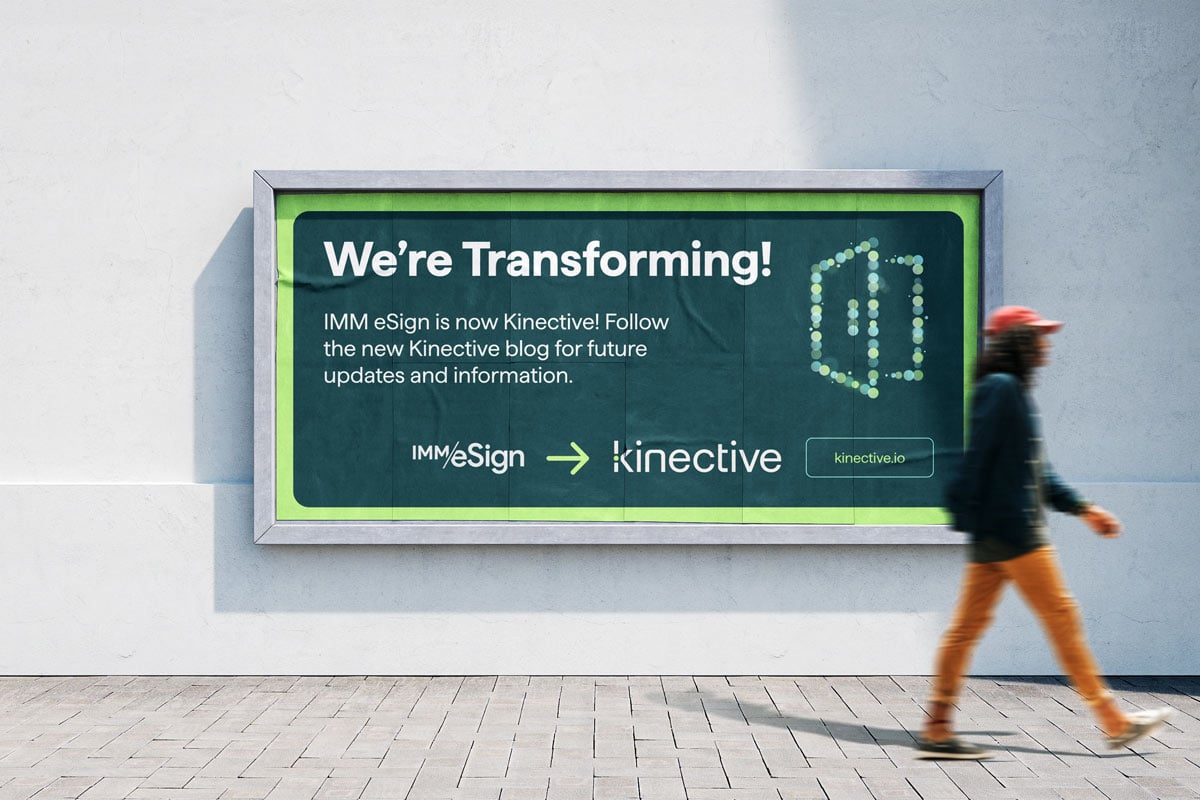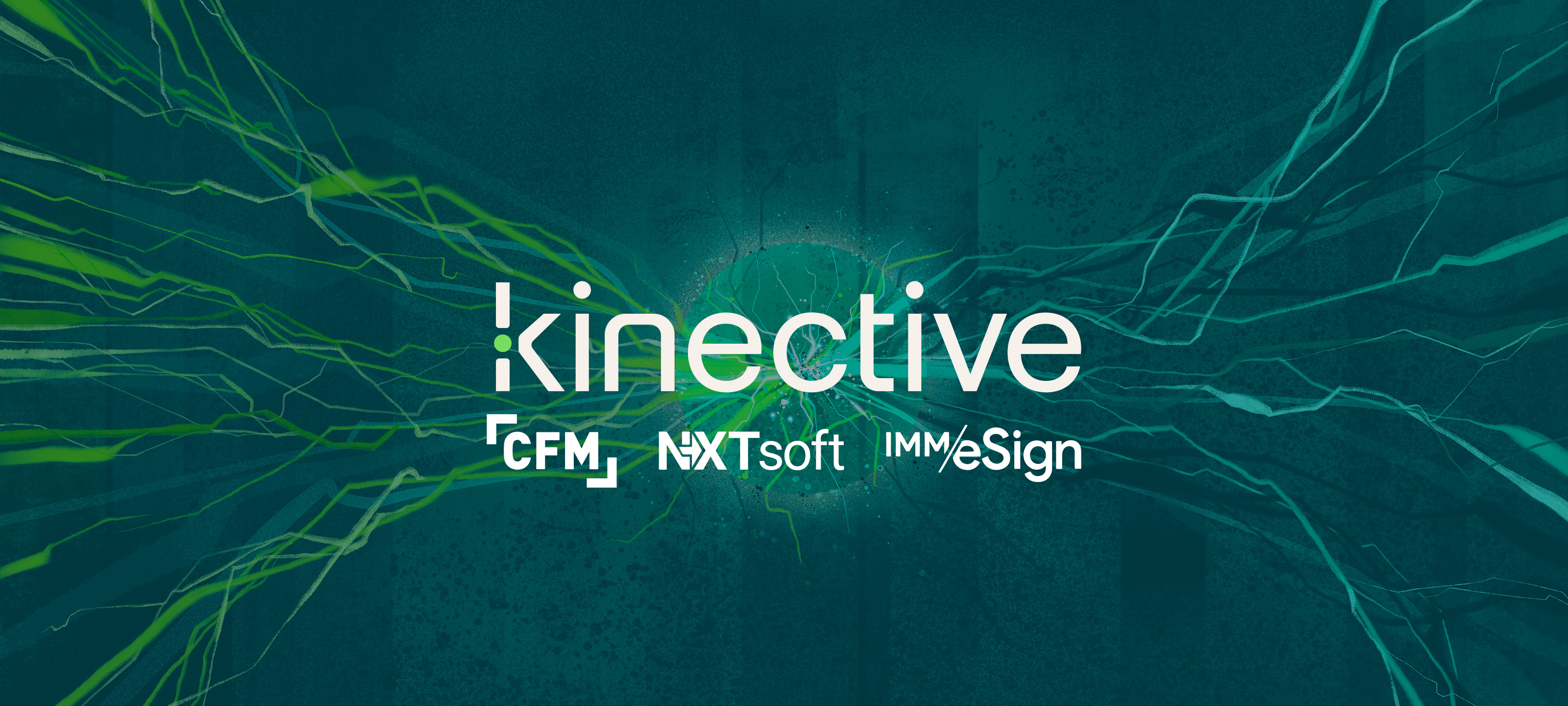The future remains digital. That future, however, may not arrive quite as quickly as some have been assuming. During the height of the pandemic, e-commerce and other types of businesses delivering products and services that avoided trips outside the home reaped the benefits of a difficult situation, experiencing a period of intense growth.
Although digital adoption continues across many fields, including banking, it’s increasingly clear the pandemic’s one-time jolt forward was precisely that… a one-time event. The latest example came from Shopify- in announcing the layoff of 10 percent of its workforce, the e-commerce company’s CEO was unusually candid in acknowledging its misplaced bet that 2020-21’s accelerated growth curve would persist. Instead, the business has returned to pre-pandemic growth levels.
Banking customers have exhibited similar behavior. Even as digital adoption continues to grow, customers are also returning to the branch for various services. Of particular interest are customers who first turned to online services out of necessity, liked them- and now prefer a multi-channel approach to managing their financial affairs. This is the type of hybrid experience banks and credit unions must strive to optimize.
Not Either/Or, but Both
Document signatures present an ideal opportunity to optimize such experiences. Since customers do not treat the branch and digital channels as wholly separate, financial institution workflows cannot approach them in such a fashion either. There are plenty of situations- multiple signers on a loan application, for instance- where a single process can involve both in-person and remote interactions to ideally cater to each party’s signing preference.
“Falling through the cracks” remains a concern if using outdated processes or eSignature technology not built specifically for financial institutions. For example, a customer executes a series of documents at the branch, only to later discover that one signature line was overlooked. Requiring the client to return to the branch would certainly be a subpar option. The situation could also be flipped- an applicant might complete most of a loan application at home before coming to the branch for clarification on a few points. Once these open questions are answered, it would be a shame not to be able to complete the process on-site- or worse yet, expect the prospective customer to retrace the steps they already completed.
Fortunately, IMM eSign supports “blended” signature experiences, ensuring customer convenience combined with compliance features that require all signatures in all required areas during the signing event. Through the blended feature, an applicant can sign in person with the joint party doing so remotely. Both signature types are applied to the same source documents, with full audit controls maintained across each individual signature event. The technology also supports a single signatory completing the process across any setting- optimizing the omnichannel experience so crucial in today’s customer service environment.
An Efficiency Play
Naturally, the drive for convenience and expedience in financial services transaction processing cannot come at the expense of important security and compliance considerations. For example, all IMM eSign transactions are as secure and legally enforceable as legacy signature processes while delivering efficiency for all parties in an intuitive workflow experience for the consumer.
Banks and credit unions also benefit from substantial gains in operational efficiency, as transactions are completed more quickly and reliably in accordance with established policies and procedures. Automated audit trails and rules-based controls can ensure compliance with existing policies- or newly enhanced ones that become better enforceable in an eSign setting. Such back-office process transformation will ultimately reduce operating costs, a win-win while also improving customer experience.
On the surface, the need to harmonize clients’ remote and in-branch experiences can sound like a daunting task. Technology like IMM eSign, however, turns this into a compelling opportunity to elevate the consumer experience while simultaneously realizing operational efficiencies and tightening controls.
While it’s a welcome opportunity to deliver benefits to constituencies across the institution, the fundamental value proposition is making it easy for customers to complete critical business transactions and documents – when and where it’s most convenient and comfortable for them.






